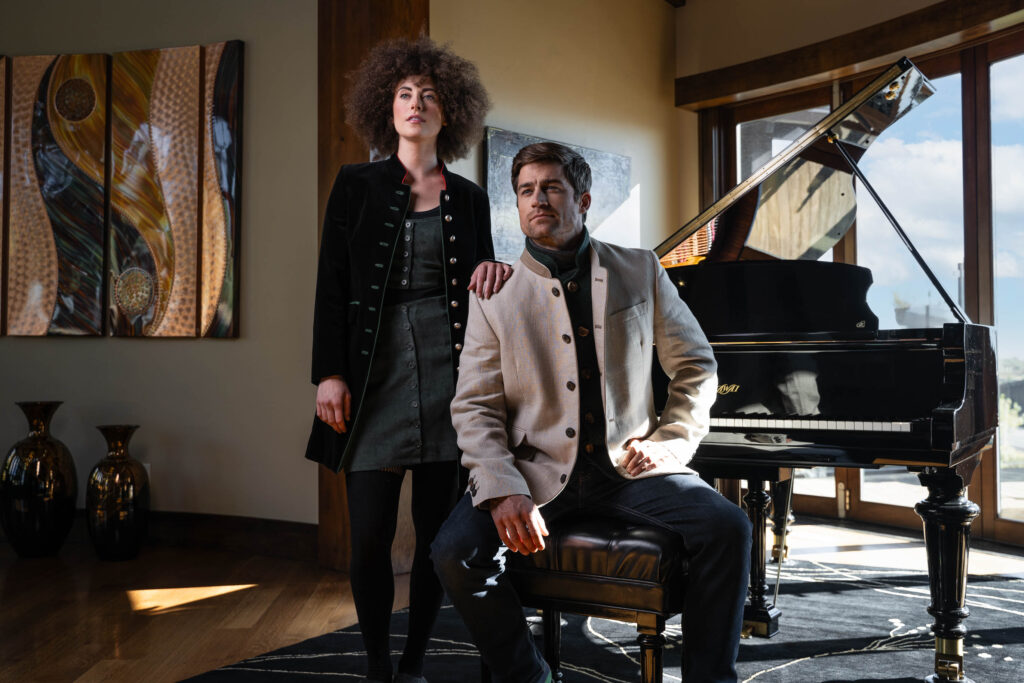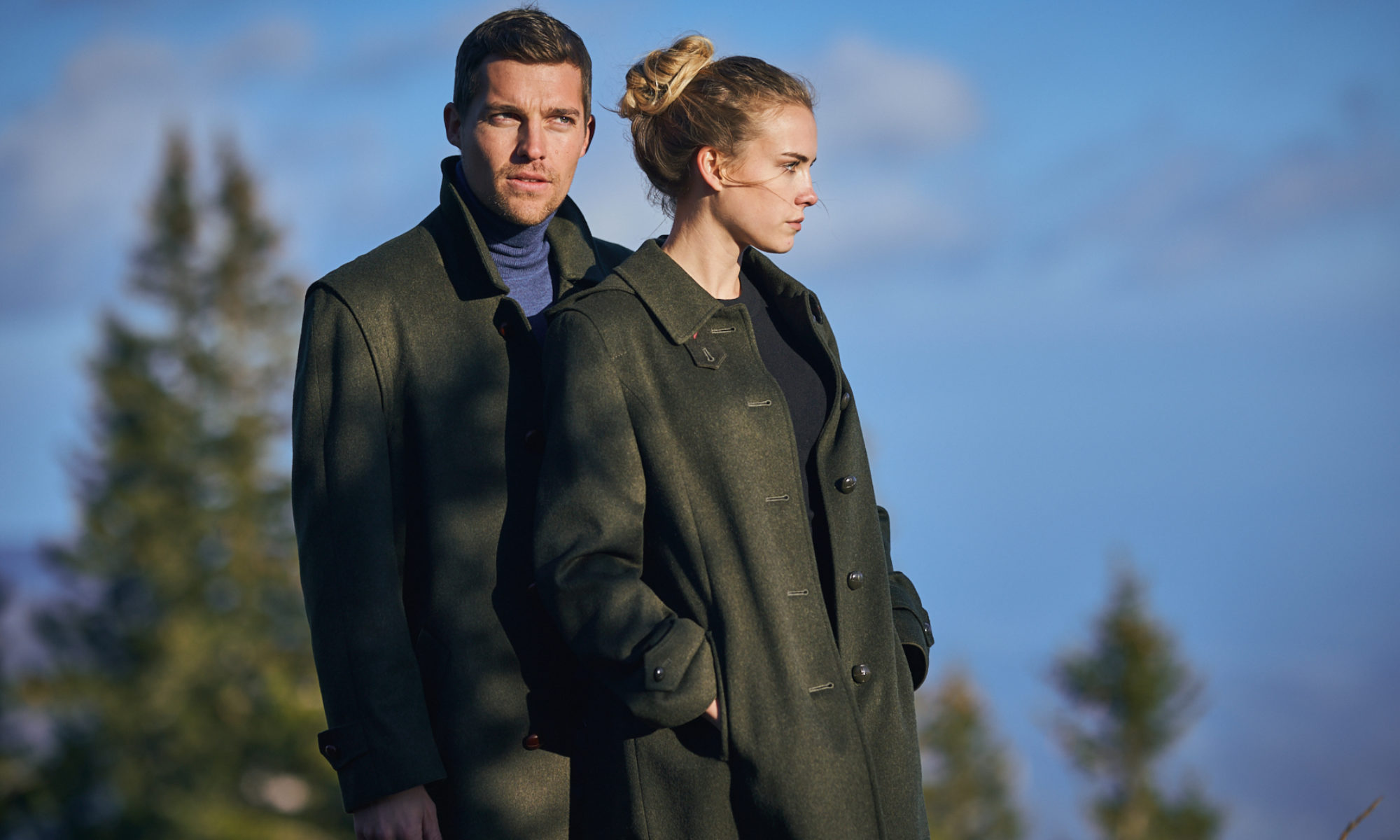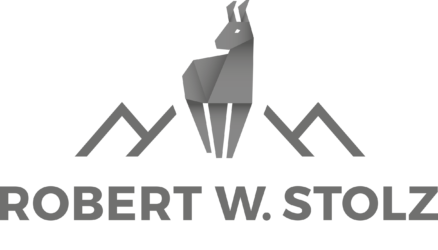Nestled within the rugged embrace of the Alpine regions, a unique tapestry of fashion has evolved over centuries—Alpine Fashion. Rooted in tradition, sustainability, and a deep connection to nature, Alpine fashion encapsulates both the functionality required for mountain living and the timeless elegance that defines the region. In this exploration, we’ll journey through the origins and traditions of Alpine fashion, shedding light on its sustainable ethos, and placing a spotlight on the remarkable resurgence of Loden coats—a quintessential piece that bridges the gap between heritage and contemporary style.

Origins and Traditions of Alpine Fashion:
Alpine fashion finds its roots in the mountainous terrains of the Alps, spanning across regions such as Austria, Switzerland, Germany, and Italy. Historically, the attire of Alpine dwellers has been shaped by the need for protection against the harsh climatic conditions. Traditional Alpine clothing often includes sturdy materials, intricate embroidery, and designs that reflect both cultural identity and practicality.
- Functional Design:
Alpine fashion is characterized by its functional design, catering to the needs of those living in mountainous regions. Sturdy materials, layered clothing, and accessories like hats and scarves are essential elements that offer protection against the cold, wind, and unpredictable weather. - Embroidery and Symbolism:
Embroidery plays a crucial role in Alpine fashion, with intricate patterns and designs often conveying specific meanings. These embellishments are not merely decorative but carry cultural symbolism, reflecting the wearer’s heritage and connection to the Alpine way of life.
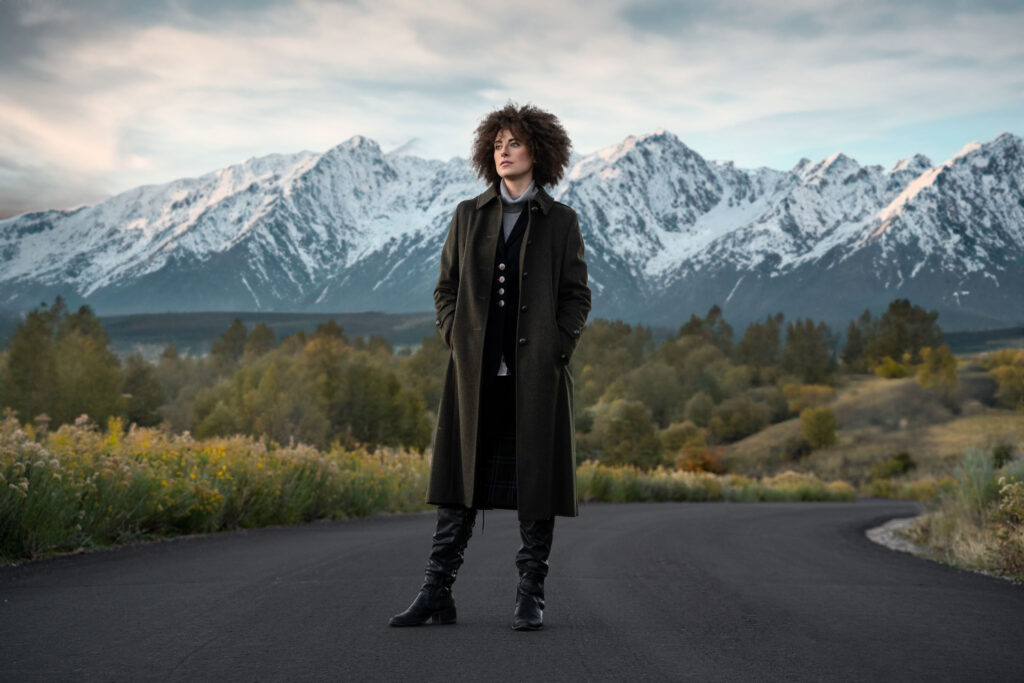
Sustainability Benefits of Alpine Fashion:
In the modern era, as sustainability takes center stage, Alpine fashion stands as a beacon of eco-conscious choices and practices. The inherent sustainability of Alpine fashion is rooted in its connection to nature, reliance on natural materials, and a commitment to durability and longevity.
- Natural Materials:
Traditional Alpine garments are crafted from natural materials such as wool, linen, and leather. These materials are renewable, biodegradable, and have a lower environmental impact compared to synthetic alternatives. - Longevity and Durability:
Alpine fashion prioritizes durability, with an emphasis on creating garments that withstand the test of time. This commitment to longevity aligns with sustainable principles, reducing the need for frequent replacements and minimizing waste. - Local Craftsmanship:
The production of Alpine fashion often involves local craftsmanship and artisanal skills. Supporting local artisans and traditional techniques contributes to the preservation of cultural heritage and sustains local economies. - Adaptability to Sustainable Practices:
Many modern Alpine fashion brands are embracing sustainable practices, from using organic and responsibly sourced materials to implementing ethical manufacturing processes. This adaptability reflects a conscientious effort to align with contemporary environmental standards.
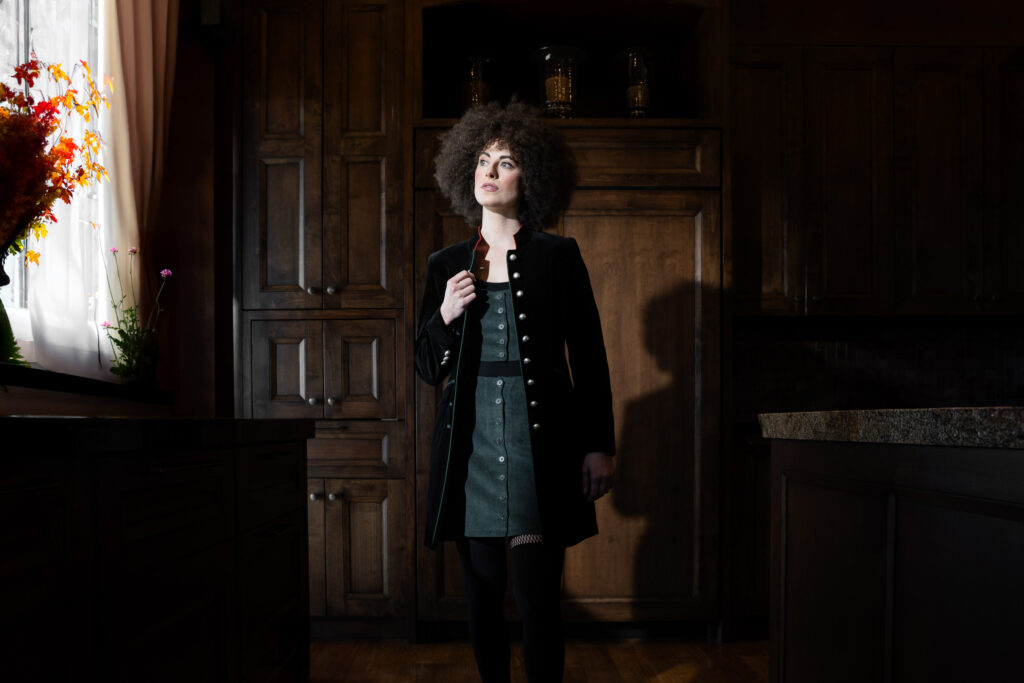
The Resurgence of Loden Coats:
Central to the revival of Alpine fashion is the resurgence of Loden coats—a testament to the timeless appeal of traditional materials and craftsmanship. Loden, a woolen fabric originating in the Austrian Alps, has found its way back into the forefront of fashion, captivating a new generation with its unique blend of heritage and contemporary style.
- Loden Fabric:
Loden is crafted through a meticulous process involving washing, carding, spinning, and a distinctive fulling and milling technique. This process results in a dense, water-resistant, and breathable fabric that is ideal for Alpine conditions. - Water-Resistant and Breathable:
One of the standout features of Loden coats is their natural water resistance. The fabric, enhanced by the felting process, repels moisture while maintaining breathability. This makes Loden coats suitable for a range of weather conditions, from chilly alpine mornings to unexpected rain showers. - Insulating Properties:
Loden’s natural insulating properties make it a perfect choice for outerwear. Loden coats provide warmth without sacrificing comfort, making them versatile garments for both urban and mountain environments. - Durability and Timeless Style:
The durability of Loden ensures that these coats age gracefully, developing a patina that adds character over time. Loden coats, with their classic designs and enduring style, bridge the gap between generations, embodying both tradition and contemporary fashion sensibilities. - Sustainable Choice:
Opting for a Loden coat is a sustainable choice. The use of natural wool, the longevity of the garment, and the adherence to traditional craftsmanship contribute to a more sustainable and eco-friendly wardrobe.
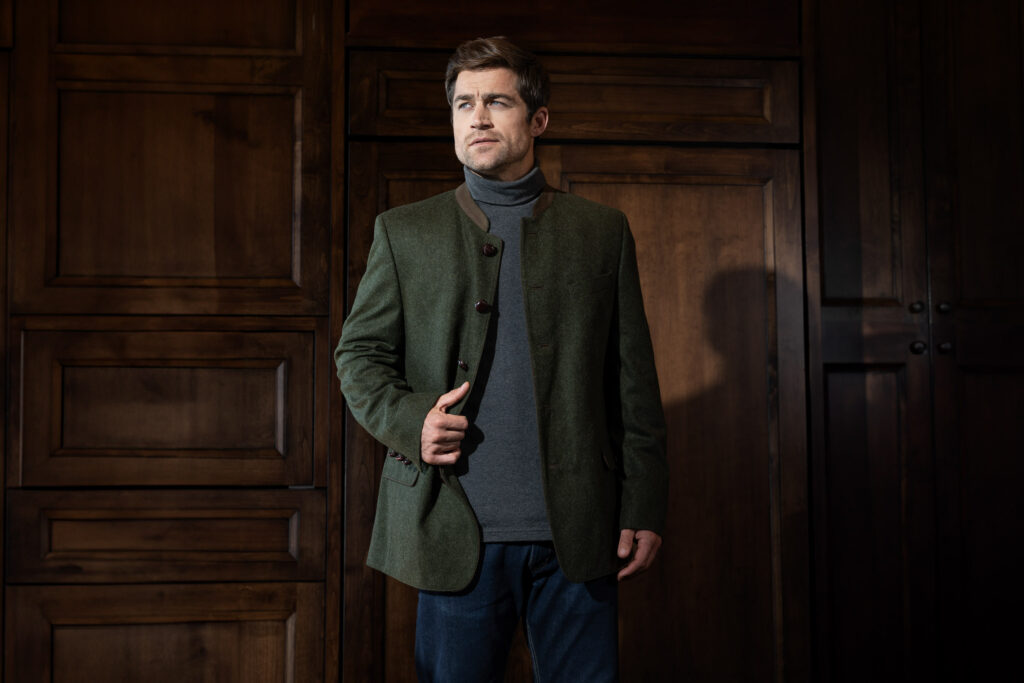
Conclusion:
Alpine fashion, with its rich tapestry of tradition and sustainability, continues to captivate fashion enthusiasts and conscientious consumers alike. The resurgence of Loden coats stands as a testament to the enduring allure of Alpine materials and craftsmanship. As we embrace the values of tradition, durability, and environmental consciousness, Alpine fashion becomes not just a style statement but a celebration of a way of life—one deeply connected to the mountains, nature, and the timeless elegance of Loden.
